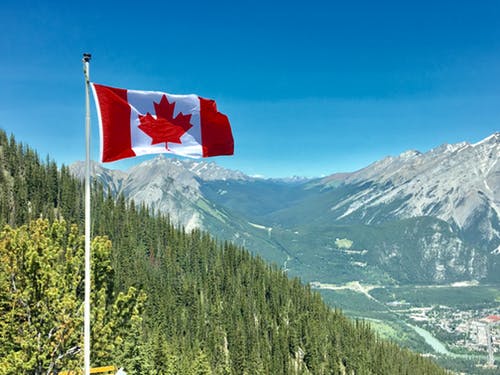For the most part, the Educational system in Canada is funded for publicly and it is run by local governments and the local governments and provincial territories. Generally, education in Canada is divided into Primary, Secondary and Post-Secondary.
It would interest you to know that Education in Canada is one of the highest priorities for the government.
Usually, children in Canada attend kindergarten when they are four or five years. And when they start school at this age, they stay at the kindergarten level for a year or two years before progressing.
Then, depending on the province where the child lives, he or she either starts from grade 11 or grade 12. Until they attain the age of 16 years, he can decide if he wants to continue with college or university.
The first stage of education in Canada is the pre-elementary stage and it is for children between the ages of four to five. In Nova Scotia and New Brunswick, it is compulsory, but optional everywhere else.
In the pre-elementary phase, the curriculum of learning is quite relaxed.

In Canada, the primary education phase is mandatory for children. They start from grade one either at the age of six or seven, and they continue till grade six when they are eleven. At this stage, the students have a teacher who takes all the subject in the same classroom.
The secondary education stage in Canada features the junior high school and high school. The junior high school is after the elementary school and it is for two years. While the high school is the last part of secondary education where students spend four years.
Usually, by the time they are done, they are between the ages of 16-18, and it depends on the province and circumstance.
The post-secondary education features the college and university. Students in Canada are given the chance to apply to universities and colleges. In Canada, colleges are like a small community school or trade school where students attend before they progress to university.
Universities in Canada are where academic degrees are obtained in a broad range of subjects and fields. Other types of education exists in Canada like Vocational Schools, Private Schools and Religious schools.

